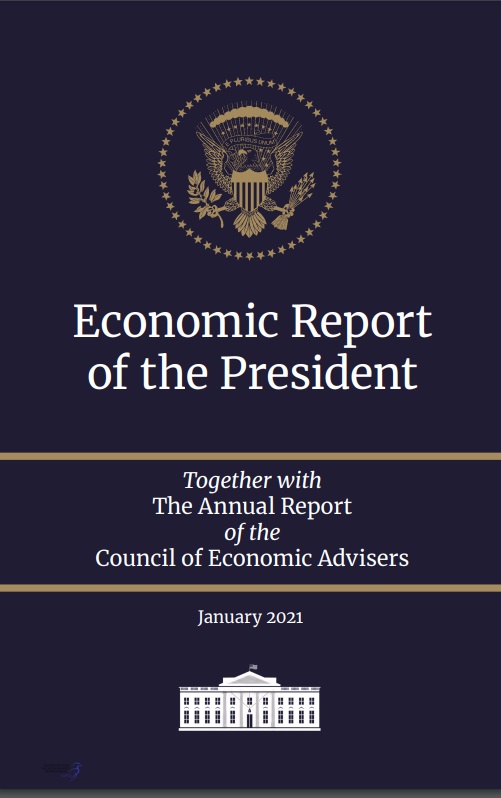“16th September” 1956 René Magrittehttps://t.co/acIgvj2OMLhttps://t.co/KpFpWD7MyG pic.twitter.com/mgmSbdw2kW
— Standards Michigan (@StandardsMich) September 16, 2022
Monday September 15 | Colloquium 15:00 UTC
Tuesday September 16 | Colloquium 15:00 UTC
Wednesday September 17 | Colloquium 15:00 UTC
Thursday September 18 | Colloquium 15:00 UTC
Friday September 19 | Colloquium 15:00 UTC
Saturday September 20
Sunday September 21














